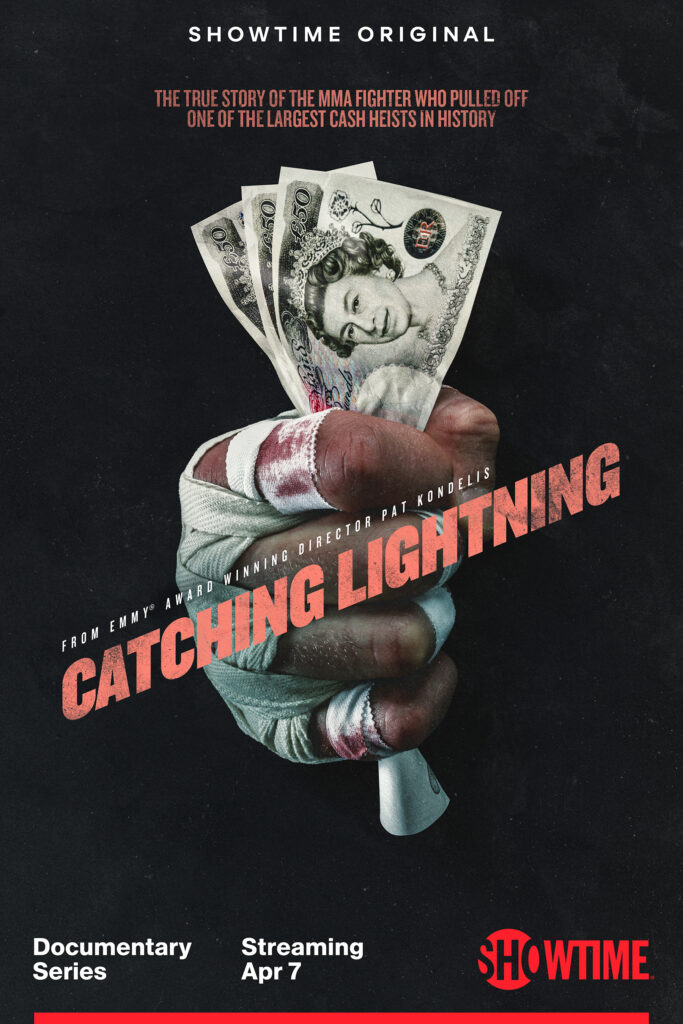 The world-famous Apollo Theater is more than a historic landmark, it’s a bastion of African-American culture and achievement. Built in 1914 as the New Theater, it started life as a burlesque house. And as at many American theaters of the time, African-Americans were neither allowed to attend as patrons, nor take the stage as performers. A campaign against the growing licentiousness of “the burly-q” in the early 1930’s led to its closing down, along with theaters across the city. After a lavish renovation, however, it re-opened as the Apollo, with the intention of exclusively showcasing black entertainment for the growing African-American community in Harlem. (The idea was more self-serving than altruistic: colored entertainers were cheaper to hire.) The Apollo grew to prominence during the Harlem Renaissance of the pre-World War II years. Billing itself as a place “where stars are born and legends are made,” the theater became famous for its Amateur Nights, launching the careers of Ella Fitzgerald, Billie Holiday, James Brown, Diana Ross & The Supremes, Gladys Knight & the Pips, The Jackson 5, Patti LaBelle, Marvin Gaye, Luther Vandross, Stevie Wonder, Aretha Franklin, Ben E. King, Mariah Carey, The Isley Brothers, Lauryn Hill, and Sarah Vaughan, who all, according to tradition, would touch the Tree of Hope to ward off “the executioner” – a man with a broom who would sweep performers off the stage if the highly vocal and opinionated audiences began to call for their removal. The Apollo also featured the performances of old-time vaudeville favorites like Tim Moore, Stepin Fetchit, Moms Mabley, and Pigmeat Markham, dancers like the Nicholas Brothers, Berry Brothers, and Bill “Bojangles†Robinson, and jazz greats like Miles Davis, John Coltrane, and Thelonius Monk. In its heyday it could safely be said that you hadn’t made it if you hadn’t played the Apollo. Not one to rest on its laurels, the non-profit theater today continues to advance emerging creative voices, presenting concerts and performing arts, as well as education and outreach programs which serve the greater community.
The world-famous Apollo Theater is more than a historic landmark, it’s a bastion of African-American culture and achievement. Built in 1914 as the New Theater, it started life as a burlesque house. And as at many American theaters of the time, African-Americans were neither allowed to attend as patrons, nor take the stage as performers. A campaign against the growing licentiousness of “the burly-q” in the early 1930’s led to its closing down, along with theaters across the city. After a lavish renovation, however, it re-opened as the Apollo, with the intention of exclusively showcasing black entertainment for the growing African-American community in Harlem. (The idea was more self-serving than altruistic: colored entertainers were cheaper to hire.) The Apollo grew to prominence during the Harlem Renaissance of the pre-World War II years. Billing itself as a place “where stars are born and legends are made,” the theater became famous for its Amateur Nights, launching the careers of Ella Fitzgerald, Billie Holiday, James Brown, Diana Ross & The Supremes, Gladys Knight & the Pips, The Jackson 5, Patti LaBelle, Marvin Gaye, Luther Vandross, Stevie Wonder, Aretha Franklin, Ben E. King, Mariah Carey, The Isley Brothers, Lauryn Hill, and Sarah Vaughan, who all, according to tradition, would touch the Tree of Hope to ward off “the executioner” – a man with a broom who would sweep performers off the stage if the highly vocal and opinionated audiences began to call for their removal. The Apollo also featured the performances of old-time vaudeville favorites like Tim Moore, Stepin Fetchit, Moms Mabley, and Pigmeat Markham, dancers like the Nicholas Brothers, Berry Brothers, and Bill “Bojangles†Robinson, and jazz greats like Miles Davis, John Coltrane, and Thelonius Monk. In its heyday it could safely be said that you hadn’t made it if you hadn’t played the Apollo. Not one to rest on its laurels, the non-profit theater today continues to advance emerging creative voices, presenting concerts and performing arts, as well as education and outreach programs which serve the greater community.









